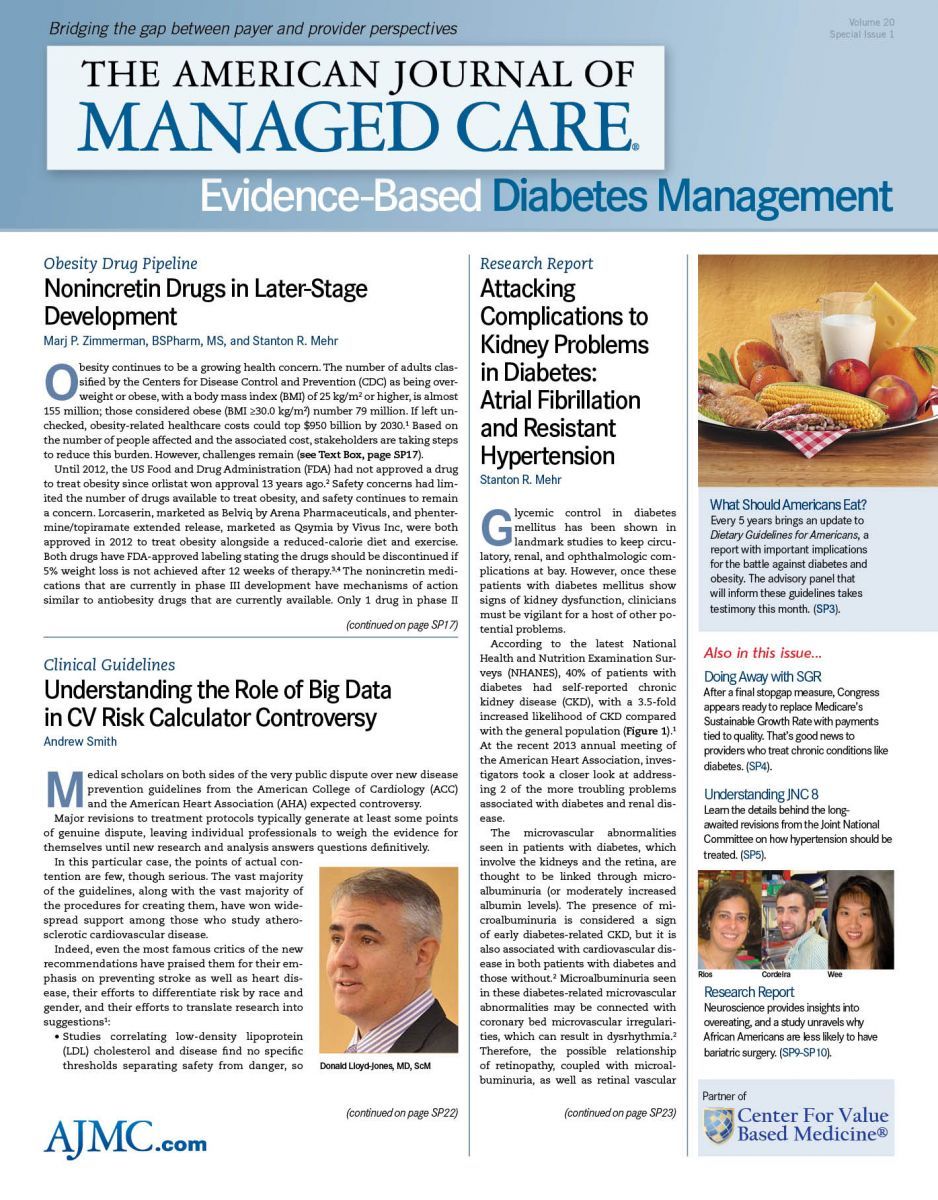- Center on Health Equity & Access
- Clinical
- Health Care Cost
- Health Care Delivery
- Insurance
- Policy
- Technology
- Value-Based Care
Daschle: What Lies Ahead for Healthcare and Health Reform
Conference Coverage: Diabetes Innovation
The changing healthcare landscape will be looked upon by historians as “the most transformational time in history,” according to former US senator (D-SD) Thomas A. Daschle. Now a policy advisor at DLA Piper, Daschle used his keynote address at Diabetes Innovation 2013, the annual conference of the Joslin Diabetes Center, to highlight the essential points that will define the period.
In “What Lies Ahead for Healthcare and Health Reform,” Daschle said the Affordable Care Act (ACA) and the high level of interest in the health insurance exchanges have creating a new playing field, but that success will be closely tied to a willingness to embrace “a new health paradigm.” Those who depend on the status quo, he said, are unlikely to succeed.
The current healthcare system is very fragmented, Daschle told attendees. “We don’t have a system, we have a collage of systems,” he said. Another fundamental problem he identified with the current US healthcare system is that spending is concentrated on more sophisticated and technologically advanced levels of care (eg, heart transplants), what he referred to as the top of the pyramid. The base of the pyramid is basic healthcare delivery, involving prevention and wellness, which is the least expensive form of care.
“Every society starts at the base of the pyramid. In the United States, we start at the top and work our way down,” he said. “For the most part, we don’t get to the bottom of the pyramid today.”
The fee-for-service model not only drives volume and increases cost, Daschle said; it also leads to a lack of chronic disease management. When it comes to costly, preventable chronic diseases like diabetes, the focus should be on prevention, because it costs a lot less than treatment.
There is also a lack of transparency inherent in the current system. “Health is the only sector that at the time of purchase we don’t know what it is going to cost or who’s going to pay,” he said. “We can’t fix what we can’t see.”
He spoke in the midst of a government shutdown created by lack of agreement on spending issues. Yet Daschle discussed the commonalities between the political parties in terms of the core problems that need addressing: cost, access, and quality. “If we articulate the goal—greater access, better, value, lower cost—I don’t get any disagreement,” he said. There is agreement on the problems, the causes, and the goal, he added. “What we don’t have agreement on is, ‘What is the role of government as we try to address that goal?’”
Daschle turned the discussion toward the ACA, which he said began to address the goal, and the causes, “but has not resolved the question of the role of government.” The ACA has already accomplished some of its goals, he said, including putting an official priority on prevention. “We have recognition officially that these efforts to address the bottom of the pyramid of care actually can make a difference,” he said, adding, “but funding? Therein lies part of our challenge.”
Looking to the future, Daschle said that he believes that there are fundamental decisions that will determine how healthcare will play out in the next 3 years:
• During Congressional budget negotiations, the ACA will not be repealed.
• To create entitlement reform with Medicare and Medicaid, Congress will work to either cut and shift costs or redesign and improve the programs.
• Courts will have a say. There are a number of court cases still pending on contraception, mandates, and other topics that will help determine how we go forward. Daschle also mapped out 5 areas of reform that are helping the United States evolve “toward that moment when we will witness a new paradigm in health.” (Text Box.) Of the 5 areas, delivery reform gets the least attention but will have the most important consequences.
Healthcare needs to be delivered in an evidence-based, value-oriented way, he said. Daschle also elaborated on reform at the state level. Of the healthcare exchanges in place, there are 16 state run, 19 federally run, and others that are a hybrid of the 2. He also noted that many states have decided to expand Medicaid. Regarding the private sector, he said, “Providers, insurers, investors, and employers are increasingly focused on efficiency and measurable outcomes. The Diabetes Prevention Program is beginning to get covered on a pay-for-performance basis.”
He concluded his presentation using a football analogy. “We have to recognize where we are on the football field—the 30-yard line with 70 to go,” he said. He added that it is critical that we have leadership along the way. All of the stakeholders need to work together toward a solution.
Engagement is key, he said, noting that the “dysfunction in Washington doesn’t change anything.” He added, “Health policy is not a spectator sport.”

